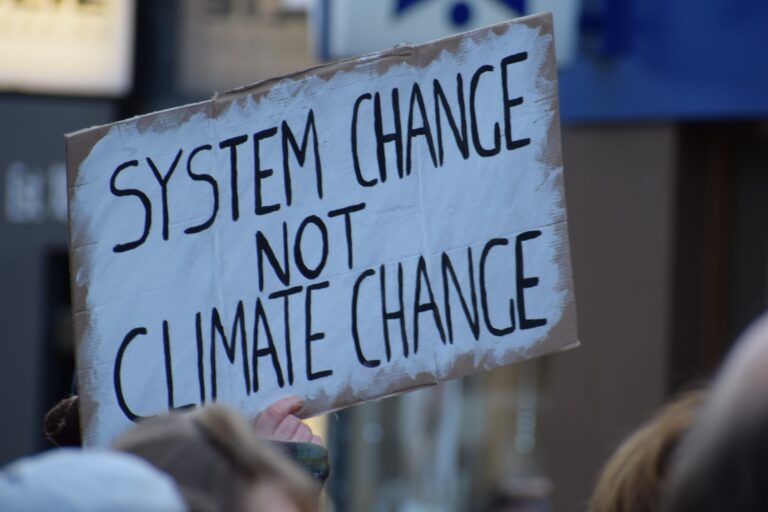
Category Policy & Politics

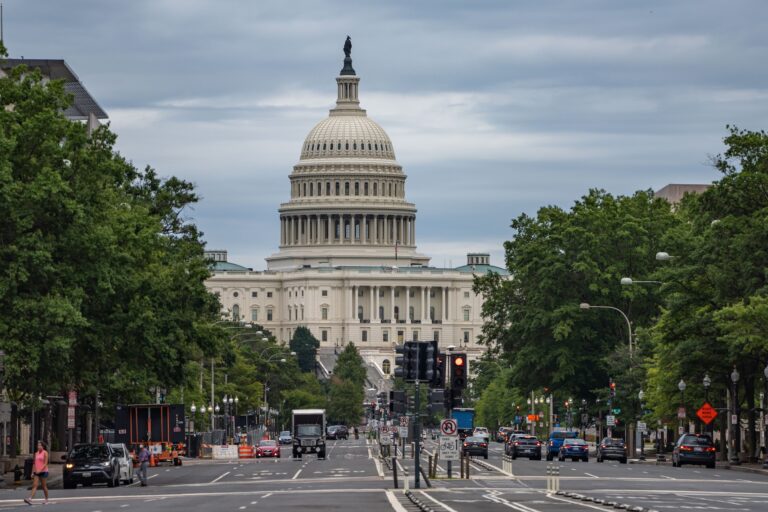
Domestic Policy Is Foreign Policy: Wage Stagnation and Income Inequality Threaten America’s Leadership Abroad

South Korea’s Impending China and Japan Policy: Two Messages to the Yoon Administration

We All Are Ukrainians

Europe’s Borderlands and China’s Challenge: Why War in Ukraine Matters

Coming to Terms with Reality: How Could the European Union Most Effectively Support Venezuela’s Democratization?
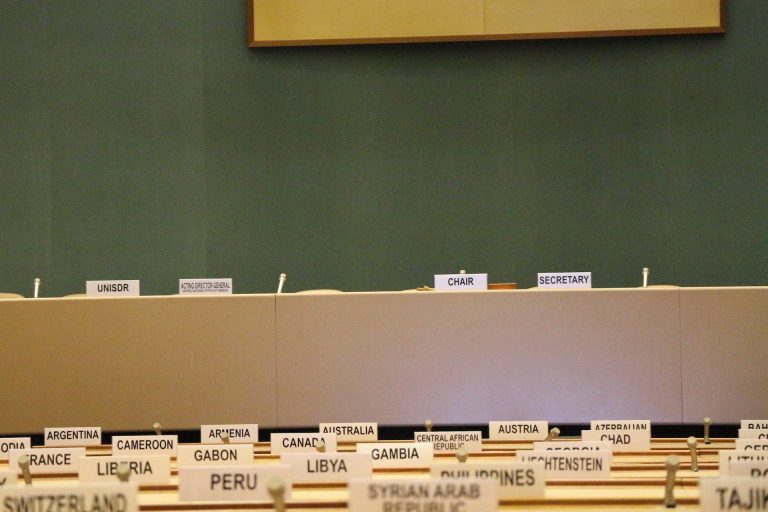
Towards an ASEAN Model for Cooperation in Central Asia

The United States Should Revive the Arctic Executive Steering Committee
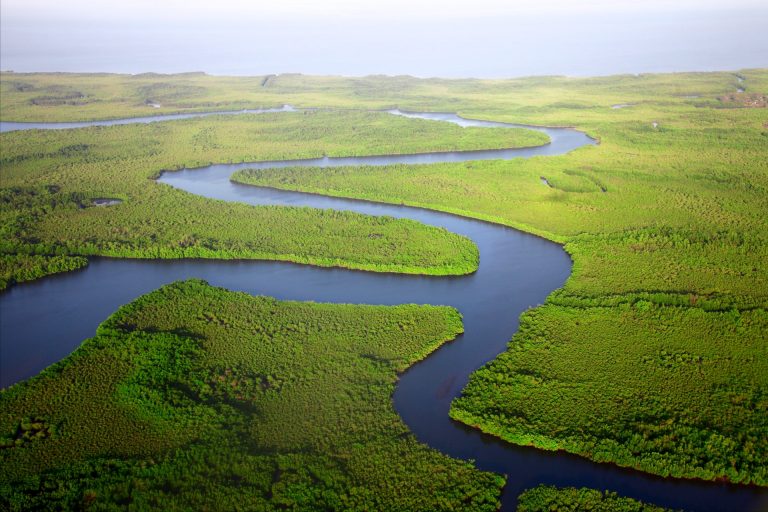
Power, Strategy, and Outcomes in Negotiations in The Gambia
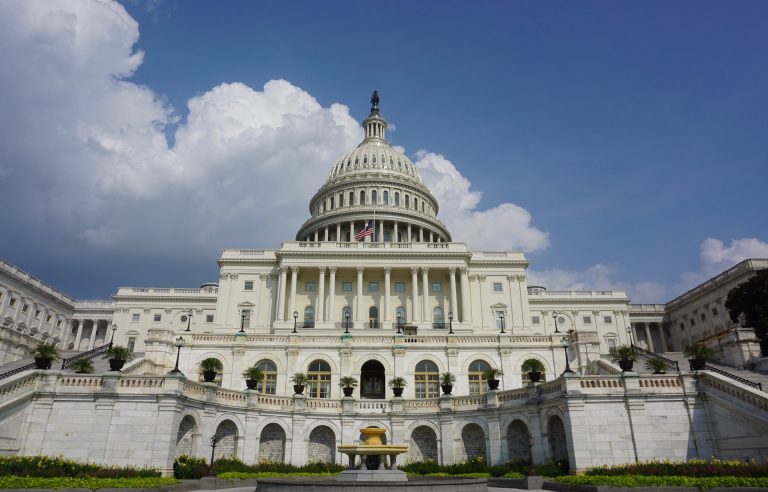
Finding Common Ground: The Effect of Geography on Domestic and Foreign Policy
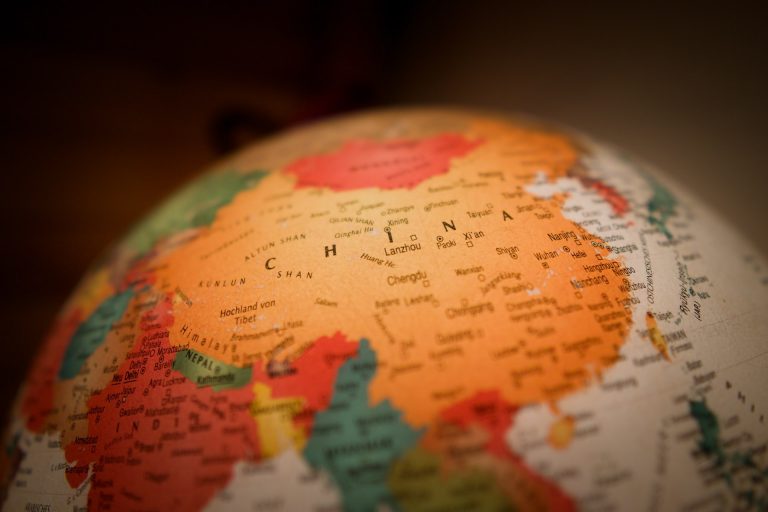
The United States Needs India and Taiwan to Counterbalance China: Will the “Milk Tea Alliance” Work?

Africa Is Not a Region, and Policymakers Should Stop Treating It Like One
With the new presidential administration in the United States, numerous articles have been published which suggest initiatives for the Biden administration, including from such Washington institutions as the Council on Foreign Relations,[1] the Center for Strategic and International Studies,[2] and Foreign Policy magazine.[3] Many innovative…
